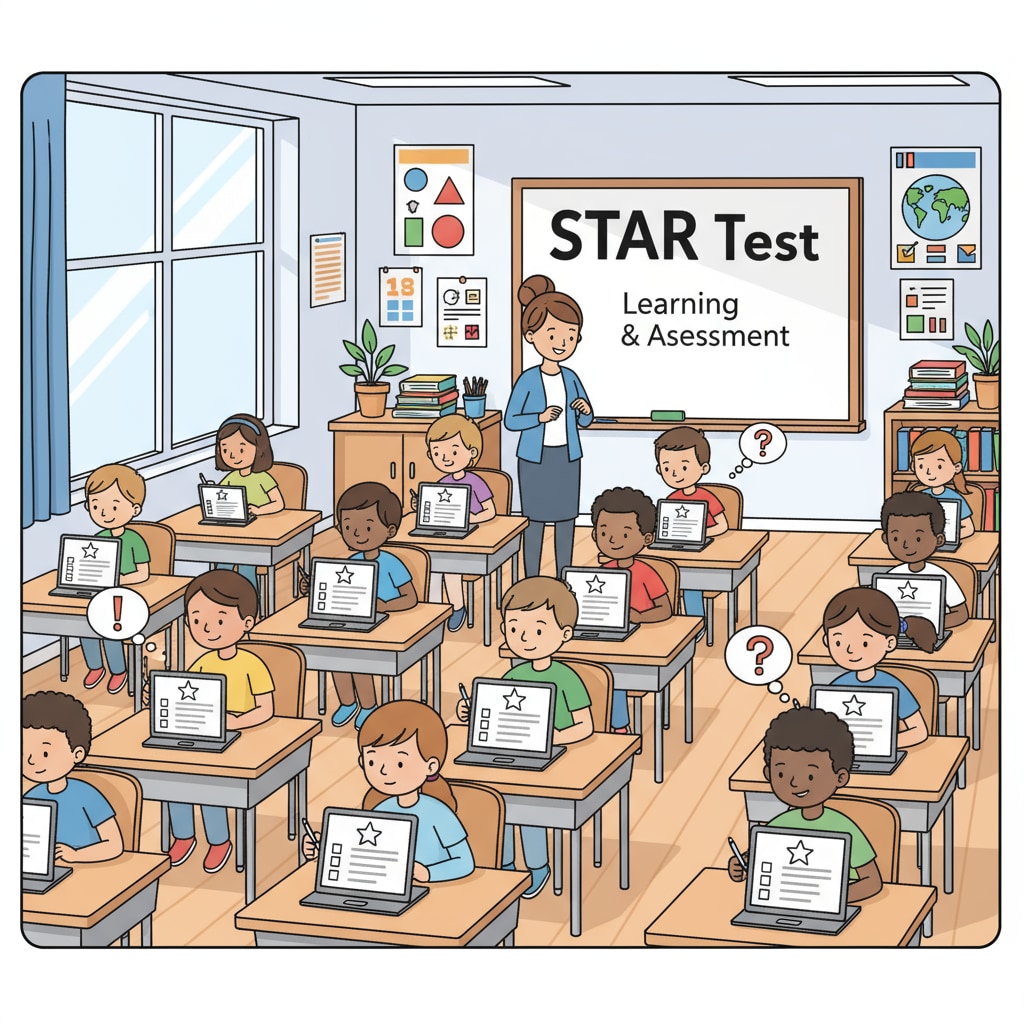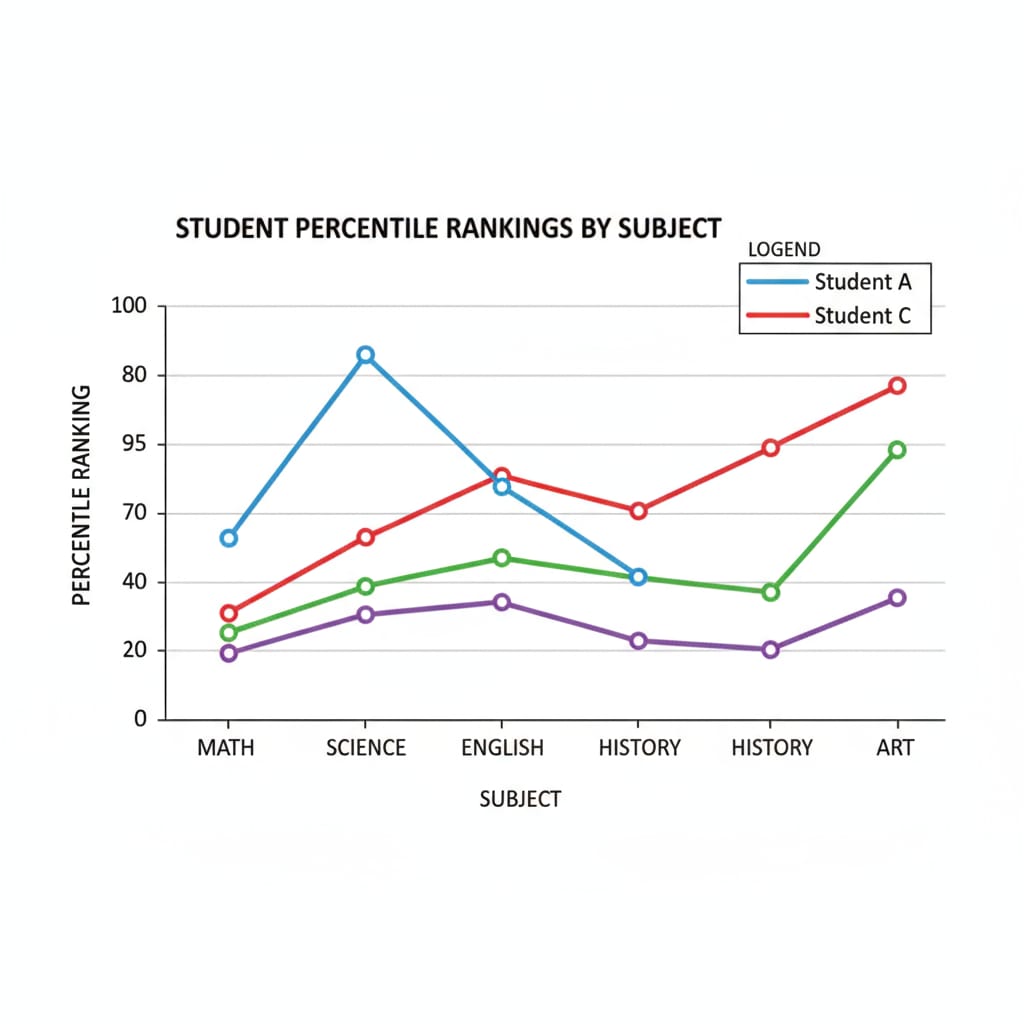STAR testing, percentile rankings, and academic assessments play a crucial role in gauging a student’s academic progress. In today’s educational landscape, understanding the reliability and meaning behind STAR test scores is essential for parents, educators, and students alike.

The Basics of STAR Testing
STAR (Standardized Testing and Reporting) is a widely used assessment tool in the United States. It is designed to measure a student’s performance in various academic areas, such as reading, math, and language arts. The test is adaptive, meaning that the questions adjust based on the student’s responses. For example, if a student answers a question correctly, the next question will be more challenging. This adaptive nature aims to provide a more accurate measure of a student’s abilities. According to Educational Testing Service (ETS), adaptive testing can more precisely identify a student’s skill level compared to traditional fixed-form tests.
Deciphering Percentile Rankings
Percentile rankings are a key component of STAR test results. A percentile rank indicates the percentage of students in a specific group (usually of the same age or grade) who scored at or below a particular student’s score. For instance, if a student has a percentile rank of 75 in reading, it means that they performed better than 75% of the students in the comparison group. This ranking system helps parents and educators understand how a student is performing relative to their peers. As explained on the National Center for Education Statistics website, percentile ranks provide a way to compare students within a specific context.

Reliability of STAR Test Scores
However, the reliability of STAR test scores has been a topic of debate. While the test is designed to be accurate, several factors can affect its reliability. For example, test anxiety can cause a student to perform below their true ability. In addition, differences in test administration, such as the environment or the time of day, can also impact results. Despite these potential drawbacks, many schools rely on STAR test scores to make important decisions about a student’s educational placement and progress.
The Broader Picture of Academic Assessments
STAR testing is just one part of the larger framework of academic assessments. Academic assessments are used to evaluate a student’s knowledge, skills, and understanding in various subjects. They help educators identify areas where students need additional support and measure the effectiveness of teaching methods. In addition to standardized tests like STAR, other forms of assessment include classroom assignments, projects, and teacher observations. These multiple forms of assessment provide a more comprehensive view of a student’s academic abilities.
Readability guidance: The article uses short paragraphs and lists to summarize key points. Each H2 section provides a clear breakdown of important aspects. Passive voice is minimized, and transition words are used throughout to enhance flow and readability.


